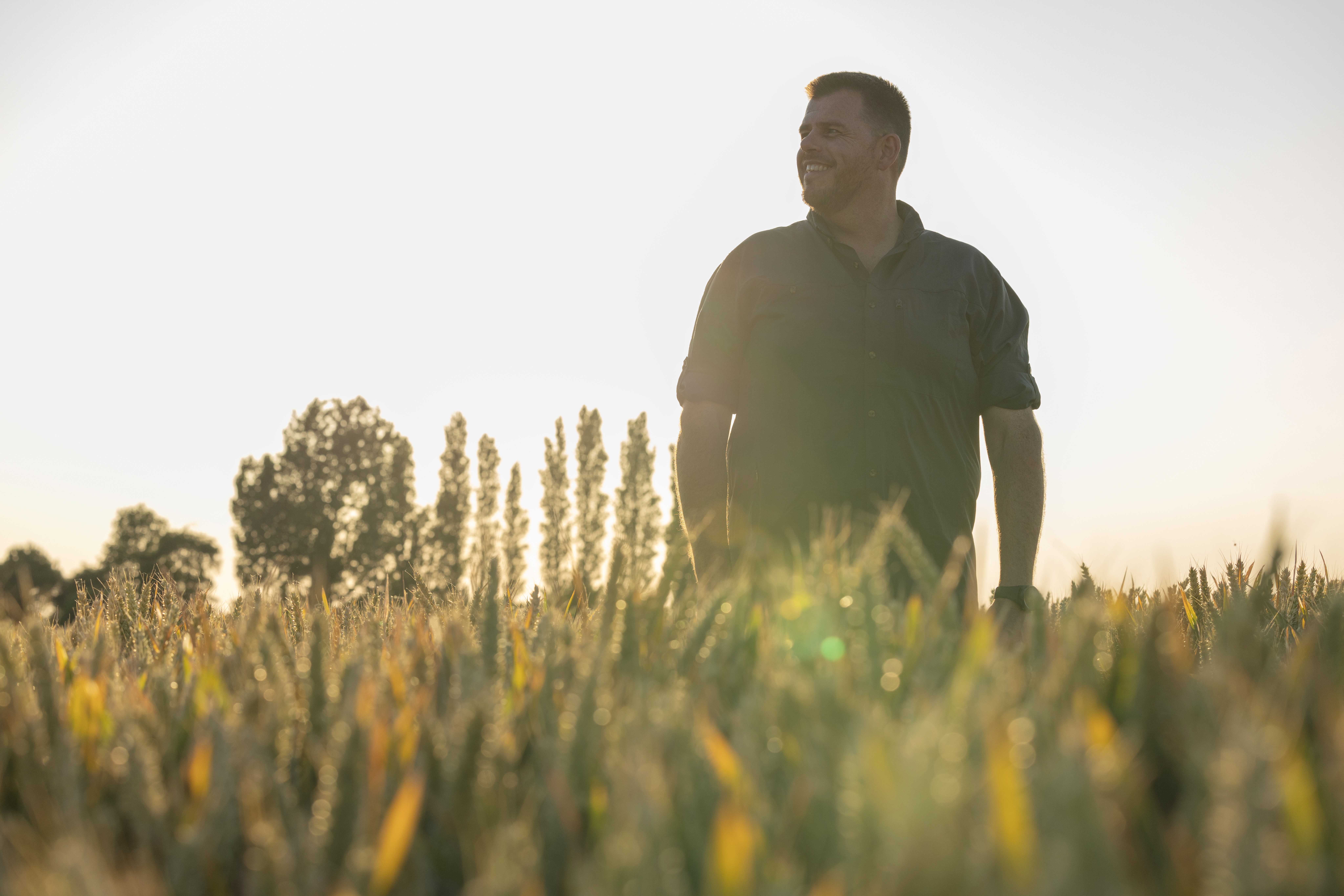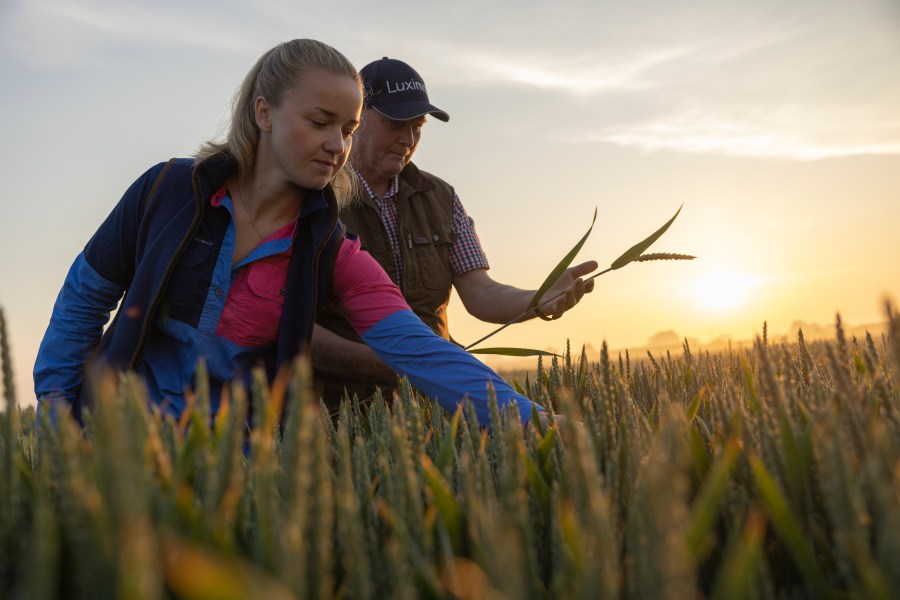The Real Results Circle farmer-led trials are now in their seventh season. The initiative from BASF focuses on working with more than 50 farmers to conduct field-scale trials on their own farms using their own kit and management systems.
Throughout the past year, CPM has shared the journeys of some of these farmers, known as the Real Results Pioneers. The aim has been to demonstrate how their approaches complement ‘bigger picture’ topics, such as reducing ammonia pollution and balancing sustainability with productivity.
The season began in February with Pat Thornton from North Lincolnshire. Pat explained how making a last-minute switch from oilseed rape opened his eyes to the potential of winter barley.
“So after making the decision not to go ahead with OSR, I started looking at alternatives as there was certainly an opportunity to get something into the ground. Winter barley looked the best option, not least to create an earlier and longer window for drilling OSR this season,” says Pat.
In March, the series journeyed to Yorkshire to showcase the work of Richard Hinchliffe. Richard explained his commitment to producing high yields ahead of chasing stewardship funds, and how he’s balancing productivity and environmental considerations.
“We farm in what we’d call an environmentally sensitive way but on a highly productive parcel of land – the payment rates haven’t been matched to what the land can produce economically. So we’ve taken action voluntarily, where appropriate, rather than chase government grants,” he says.
Then for something different in April, it was a look back at how the Real Results Circle was formed, and how the on-farm trials have provided insights to fungicide use, aiding decision-making in real-life scenarios.
In May, David Fuller-Shapcott shared his tips for achieving success with both direct drilling and spring barley in Scotland.
He says part of his switch to direct drilling was the aspiration that autumn herbicides will go on. “It opens up the prospect of following the harvested winter wheat with a cover crop safely, or possibly flying a cover crop into the standing wheat crop.”
Ilminster grower Mark Doble then took centre stage in June, when he told of his journey to OSR risk mitigation. The crop is a core part of Mark’s plan to move to 50% first wheat and 50% break crop, and part of the strategy has been using Clearfield varieties.
In August, the topic was blackgrass management, headed by Norfolk farmer, David Hurn. He explained how he’s using a 1m-wide mower to reduce seed ingress from blackgrass, but to also help with other potential problems such as brome and Italian ryegrass.

“It’s a really important part of my integrated weed management approach because I’m not using a herbicide and it’s cost-effective,” says David.
It was back to Yorkshire in September to explore rotation management and blackgrass control with Nigel Durdy. He listed September drilling, reliance on selective herbicides and a move away from ploughing as the reasons behind his grassweed problem.
He says they’ve all contributed towards producing a weed which they’ve found difficult to control and can’t be achieved out of a spray can.
In October, BASF’s Jared Bonner discussed the new urea fertiliser stewardship programme which is due for launch next year, as well as the importance of reducing ammonia pollution.
Finally, to conclude the year in December, Perth-based Alistair and Fraser Melrose told of their approach to tackling costly potato skin blemish diseases. This included trialling a new liquid tuber treatment called Honesty (fluxapyroxad).
CPM looks forward to showcasing more innovative approaches from the Real Results Circle in 2024.




